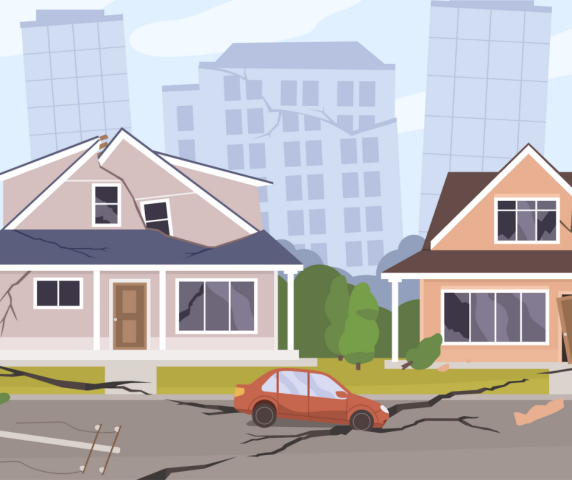- Guest Contributor
- June 22, 2021
Whether you just bought a home or have owned your property for years, it’s likely time to verify your homeowner’s insurance policy offers the perfect level of coverage. Otherwise, you could end up in big trouble if the unthinkable happens and you need to file a claim. So, before you get ready for your next shift at work, use this guide to learn what you need to know. It will help you verify that you are not woefully underinsured.
What It Means to Be Underinsured
If you’re underinsured, your homeowner’s insurance policy will fail to cover all your losses after a serious incident occurs. You will then need to pay for the excess out of pocket to complete the necessary repairs in full. For example, say your home is worth $300,000. But, you only have $250,000 in coverage. That means you’ll have to come up with $50,000 on your own to fully restore your home.
Beyond the coverage limits, it’s important to consider what the insurance policy even covers. In many areas, basic policies do not cover damage from earthquakes or floods. That would leave you on the hook for the full cost of repairs. To ensure that doesn’t happen, you need specialty coverage for all the potential natural disasters excluded from your regular homeowner’s insurance policy.
How You Can End Up Without Enough Coverage
When you get homeowner’s insurance, it’s often tempting to match the insurance coverage to your property value and call it good. This is especially true if you’re just going with the minimum required by your mortgage company, which is usually the market value.
Unfortunately, the price to rebuild can far exceed the current value of your home. That would leave you without nearly enough coverage. Plus, you have to consider all your furniture, electronics, and other belongings in the calculations. If you don’t, you risk huge losses if a fire, flood, or other disaster occurs.
What You Can Do About It
Instead of going with the current market value year after year, your insurance agent should help you customize your policy. To do that, they need to calculate the full cost of replacing your home, outbuildings, and all your belongings.
While performing these calculations, they will need to look at:
- Square footage of your home
- Size of all outbuildings
- Material types and quality
- Local construction costs
If your home was made using out-of-date materials or features, they may have to further customize your policy to ensure it’ll pay for modern replacements.
Since prices change all the time, your agent will need to revisit these calculations during each annual renewal period. If you complete any additions or other upgrades, you’ll need to let them know, so they can make changes mid-year instead.
Once you get your homeowner’s insurance dialed in, you can rest assured that your losses will be covered in full if anything goes awry. After that, you can enjoy true peace of mind that your home is well protected as you focus on completing each item on your daily work schedule.
About the Author: Marie Abendroth is a skilled content strategist and SEO copywriter who has been a proud part of the gig economy for over 10 years. In her articles, she aims to provide up-to-date info that can help everyone achieve their goals as an independent worker. You can find her on WriterAccess.










